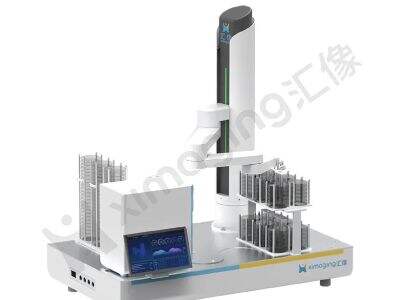Laboratory procedures are very crucial to Life Sciences. This is how scientists study living things, like plants, animals and humans. At Intelligence Technology we consider that knowledge to be instrumentation in these laboratory techniques improves the quality of the world.
Key Concepts in Life Sciences
One on the most important tools in the life sciences is molecular biology. Molecular biology is the study of how cells work. By understanding how cells work and communicate with each other, scientists can learn more about diseases and how to fight them.
Getting into Molecular Biology
Molecular biologists look at DNA. DNA is the segment that contains the information for how the things that are alive grow and work. By examining DNA, scientists can discover diseases that can be inherited and find new ways to treat them.
Growing Cells in the Lab
Another significant approach is cell cultures. Cell culture is growing cells in a special place outside a living organism. By studying cells in the lab, scientists can learn how they function, and how they interact with one another.
Looking at Little Things With Microscopes
Microscopy is also an important method. An Italian scientist using a crude optical device saw one of these for the first time, and the microscope was born. Scientists can use microscopes to examine cells and tissues up close.
Making sense of data using bioinformatics
When researchers have collected data from their experiments, they need to be able to see it to figure out what it means. Bioinformatics and statistics are how scientists dissect their data and try to interpret what it’s showing them.

